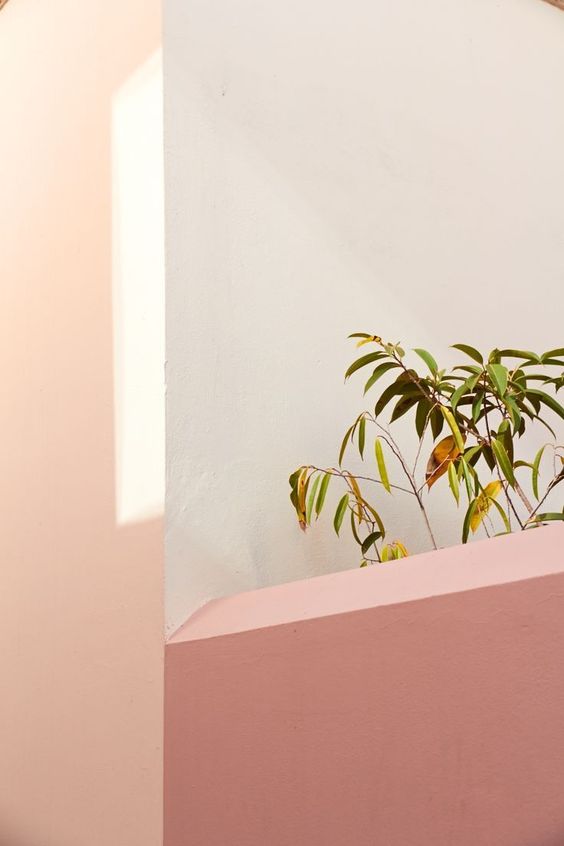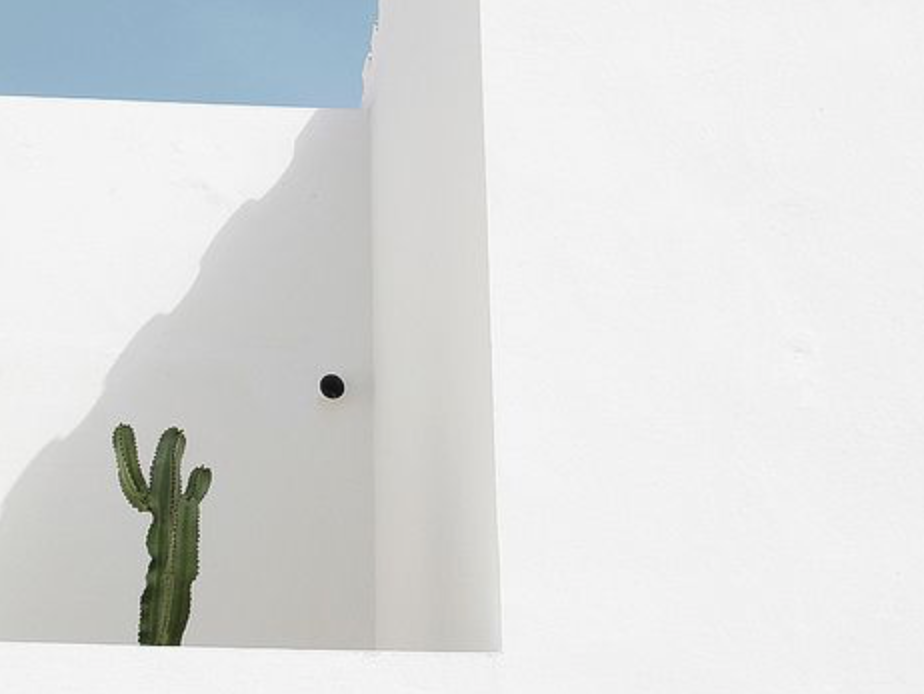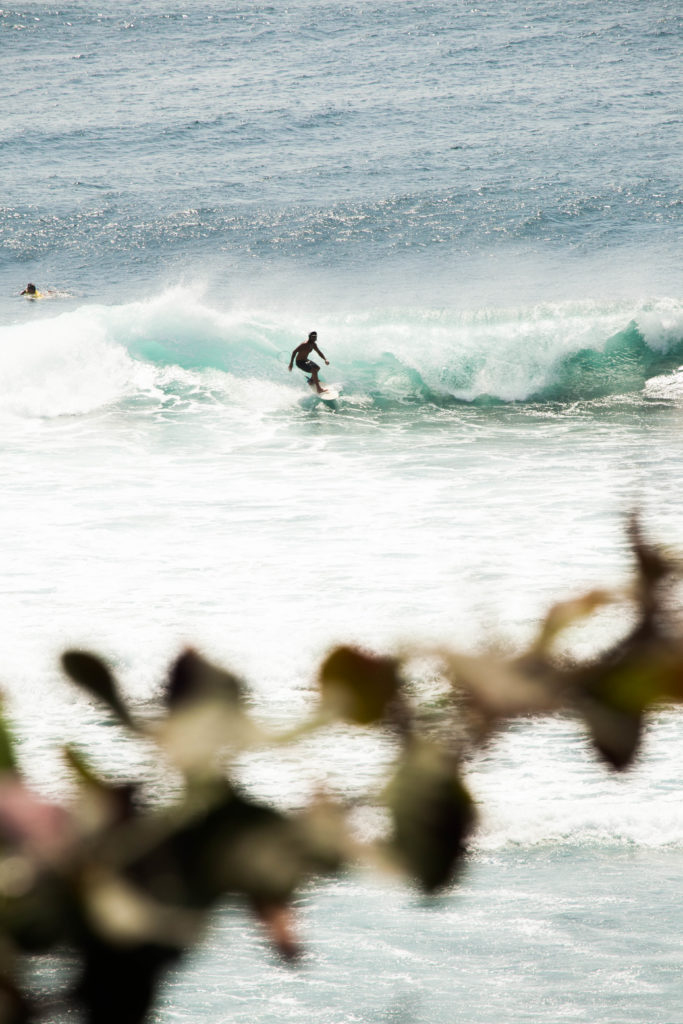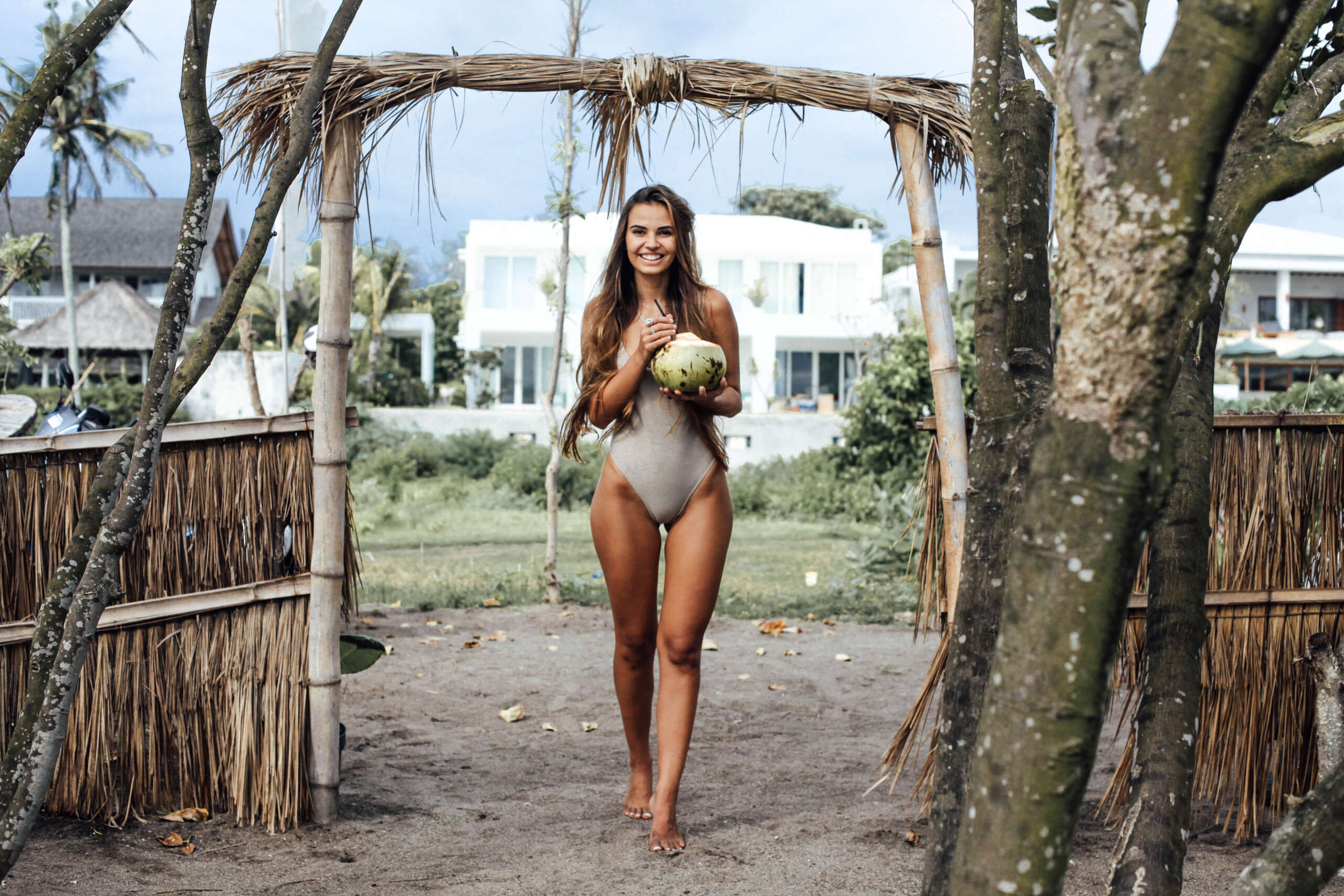Tropical photo shoots are fun but can get tricky at times. That is why I will share 5 practical tips on how to improve your photography while shooting in a tropical place. Tropical countries like Bali, Thailand, Costa Rica or Philipines are quickly becoming safe and popular destinations that are drawing photographers from around the world! If you are one of those photographers, who wants to get up close and personal with these exotic jungles, monkey forests, and stunning beaches, then this is for you.
The biological richness of exciting tropical destinations is uncomparable and these regions are filled with opportunities for some diverse content!
Personally, I have visited many SE Asian places where I found these tricks and preparations very useful! And I wish I would know them before. Explore my TROPICS MANUAL GUIDE to get even more prepared for these beautiful destinations.
These 5 tips for improving your photography in tropical places, are a bit less common than the classic ones you might already know! The learning journey never stops, especially for us, photographers!
1. Keep your gear in the bathroom:
According to Shutterbug, “In order to avoid the condensation issue, it is highly recommended to keep your photo gear in the bathroom with the door closed! Most rooms in the tropics do not have AC in the bathroom, so with your gear safely left in the bathroom, you can enjoy the AC in the main room while being able to grab your photo gear at a moments notice and be ready to shoot in the ambient outdoor temperature.”
I wouldn’t want to ruin my precious baby Canon 5D. Especially, because tropical places are pretty remote usually. It would take days (and some good coin) to get it over to Bali again, for example. So staying conscious will pay off in the long run!
Watch my master class on tropical photography for free.
2. Plan Your Photo Shoot And Bring What You Truly Need!
This one was a true lesson learned. A couple of times. So for me, it was like a lesson learned over and over again until I finally LEARNED MY LESSON. I can’t tell you how many times I found myself on my early photoshoot location in Bali or on top of Whistler mountain, only to realize I don’t have my SD card with me… Or I forgot the spare battery… polarizers, you name it! This photographer’s tip isn’t just for the tropical places. So I had to sneak it in here, just to make sure nobody else wouldn’t embarrass themselves like I did many times.



For example, when I shot with Flora Cristin, the female Indonesian longboarder. We would have 8 hour days in Bali, in the middle of nowhere so forgetting a spare battery or a drone charger wouldn’t be an option!
Download a simple checklist, every photographer should have on their hands, on the day of the shoot! And take it with you, wherever you go.
Make A Use of Polarising Filters!
Polarising filters are one of the most useful DSLR lens accessories that you can add to your camera. Without getting too technical, a polarizer filters out some light that is polarized. This means that it reduces reflections and boosts contrasts. The most noticeable places that this has an impact is with blue skies and in water/ocean in which it can give a variety of effects. Which comes in useful in tropical places! The way many people explain the results of a polarizer is the difference that polarizing sunglasses can make when you put them on (in fact I know quite a few photographers who shoot through their sunglasses if they don’t have a polarizer with them).
Get a polarizing filter and experiment with it and you’ll quite literally be amazed by the results it will bring, especially shooting midday.
Get polarisers for the Canon – 50 mil 1.4 lens
Get polarisers for the drone DJI Mavic 2 Pro
I also suggest you Head to the Beach When Others Avoid it
Another timing issue is that the beach can really come to life on those days that everyone avoids it because of inclement weather. Stormy seas, threatening and dramatic clouds and wind slowing lifesaver flags and trees over call all make for atmospheric shots. That is what you want! Tropical storms are absolutely stunning!
I explain it well, in one of my articles why is it important to wake up early in Bali
3. It’s going to be humid. So get ready.
I cannot stress this enough. I think humidity is one of the major problems you’ll have to deal with when you’re visiting a tropical place. Condensation kills your gear, slowly but surely – that’s not a joke. Don’t get overly excited for the deep jungle bikini waterfall pictures that you see Instagram models posting every other week. Be prepared and keep in mind, that things may go south at any point.
Luckily, there is a solution to every problem – this one too! I suggest you invest in some good anti-humidity camera storage box. And I get mine from Amazon! To be honest, I think Pelican cases are your best option, doesn’t matter what kind of camera you’re shooting with! It comes with me, to every tropical places I go to.

And second – Warm your gear slowly inside your camera bag (or in a plastic bag), otherwise, you might as well dip your camera in a glass of water. When your gear goes from being cold in that nice air-conditioned room and is then quickly exposed to the tropical heat and humidity, water condenses all over it. This renders your camera and lens useless because they become all fogged up and potentially introduce moisture inside of your expensive equipment. Think about an ice-cold glass of lemonade on a hot, humid day and you get the idea.
I suggest you also bring plastic bags, wherever you go! Tropical storms aren’t a joke, trust me! And you ought to be prepared, better safe than sorry!
4. Do your research!
According to National Geographic, photographers should spend a lot of time doing their research. This helps us figure out what’s there—what the place is about and what subjects we need to cover. Read brochures and travel books. Go to libraries, bookstores, or onto the Web. Talk to friends who have been there. Pick up travel information at the country’s embassy. Find whatever you can that is relevant, and devour it.
– National Geographic
Understanding the customs and traditions of a place is vital. For one thing, you want to be sure you act in a way that is not rude or offensive while you are there, and it’s hard to know what’s acceptable and what isn’t. For example, everyone has to wear a



Would you like to edit your photos with the style, similar to mine? Then you should check out theses easy-to-apply Lightroom Presets!
5. In the end, enjoy the moments you spent in tropical places. Yes, amazing photos are great to look back at, or to have something to brag about at your Instagram followers… but experiences matter the most.
Get out there. The only way to discover the rhythm of life in a place, and so figure out what to shoot, is to experience it. Many places, particularly hot ones, are active very early in the morning and late in the afternoon. For example, take Bali. The best light is at 6 in the morning and at 6 in the evening. In between – surf, nap, explore and leave your camera at home! So, get up early, and stay out late. Besides availing yourself of more opportunities, time spent discovering the place will enrich your experience.
When it comes to photography and creative arts, obviously feeling inspired matters the most. Don’t be forcing something, just to get some shots. While you’re on a vacation hang loose! Get lost. Wander down alleys. Sit in cute restaurants and watch others pass by. Follow the locals and adapt to the rhythm of the place, be more observant.
NOW… IF you are looking to step up your photography game in tropical places even more – I suggest you take this class on TROPICAL PHOTOGRAPHY. It’s FREE of charge, when you sign up with Skillshare.
That’s all I have for you today, hope some of these tips will help you improve your tropical photography game! It’s also about being spontaneous.
Photography, in general, is an art. Give it time.
Good luck, Alenka. @alenkaamali on IG




Would love to perpetually get updated great web site! .
Thank you so much! 😉